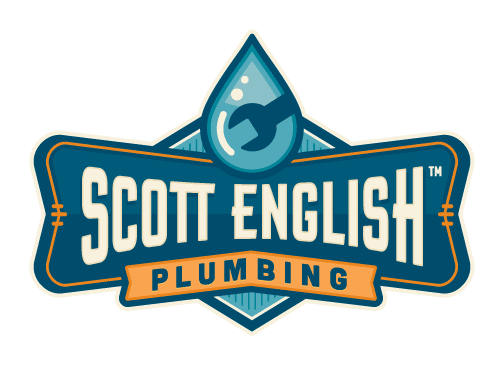Sump Pump FAQs
Q. What type of sump pump should I choose?
A. There are two main types of sump pumps: submersible and pedestal (column) pumps. Both are good options. Pedestal pumps tend to be more economical to run because they have less amp draw. The area in which your sump pump will be installed may impact your options. Submersible pumps are cooled by sitting in ground water, while pedestal pumps are cooled by the air that flows around them. In a very small area, there may be insufficient air flow to cool a pedestal pump.
Q. What type of float switch is best?
A. There are three main types of float switches – tethered, vertical, and electronic. A tethered float switch is a good choice for a sump pit that is deep and large in diameter. A tethered switch lets the pump shut off for longer periods of time between cycles so that the pump can cool down more. This helps to reduce your electricity charges and also extends the life of the pump. A vertical switch is a good choice for a narrower, shallower sump pit. The pump will run more often, but the water won’t get too deep. An electronic float switch is a good choice for a small pump pit because it doesn’t have any moving parts and takes up very little space. Electronic float switches often have extra features, like a water depth alarm. If water from your laundry empties into your sump pit, you should not use an electronic float switch. The soapy water could cause corrosion on the electrodes.
Q. How much horsepower should my sump pump have?
A. The amount of horsepower offered by a sump pump affects how quickly the water moves out of the pit and how much electricity is used by the pump. If your sump pit fills up quickly, then you are better off to get a higher horsepower sump pump that will empty the pit quickly and prevent an overflow.
Q. How large should the sump pit be?
A. If you take in a lot of water, it is better to have a larger sump pit. This will require the pump to run less often. Ideally, your pit should be large enough that you can use a tethered float switch so that there is more time between pump cycles. This will reduce the amount of electricity that the pump uses and extend the life of the pump.
Q. Is a cast iron sump pump or thermoplastic sump pump a better choice?
A. Both types are good options. A cast iron pump is stronger physically, but both options will work well for a long period of time.
Q. What makes sump pumps fail?
A. Sump pump failure is usually caused by an electrical problem. The sump pump should always be plugged directly into an outlet without an extension cord. The outlet that powers the sump pump should be on its own, separate circuit breaker.
Q. Can I empty my laundry water or water softener into my sump pit?
A. This isn’t a good idea. The chemicals in laundry water can damage the seals of the sump pump. The salt in the water softener discharge can corrode the seals, screws, and motor shaft of the sump pump.
If you need a new sump pump, call the experts at Scott English Plumbing for advice. We can help you choose the best pump and install it in your basement efficiently. Get in touch with Scott English Plumbing for more information on choosing a sump pump today.
